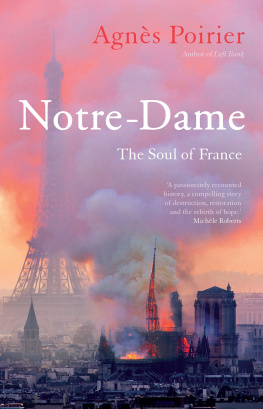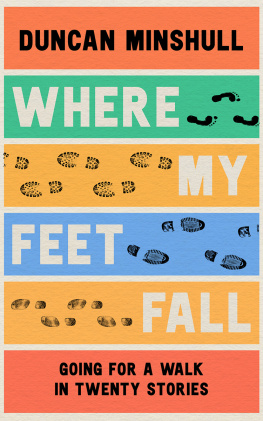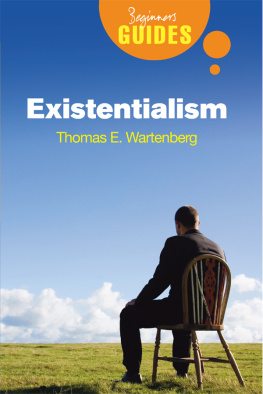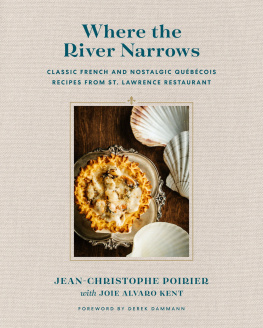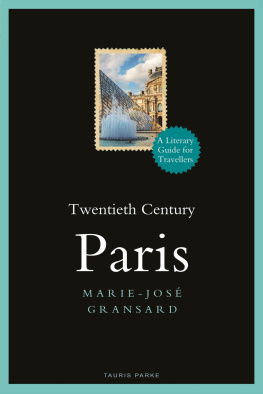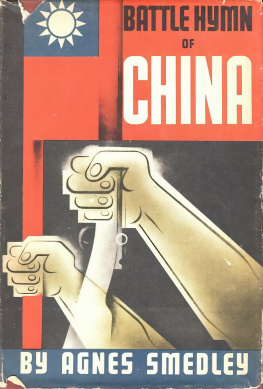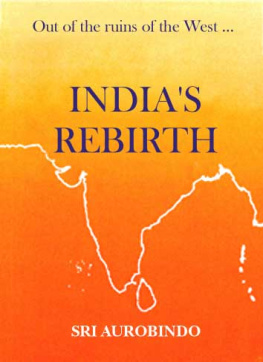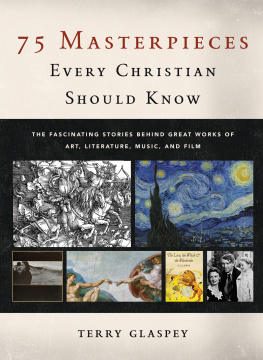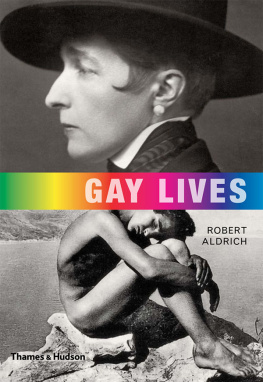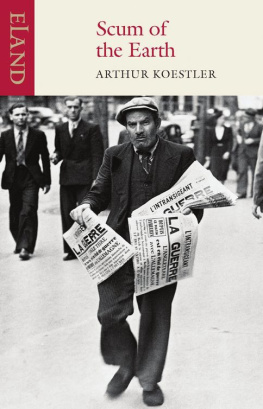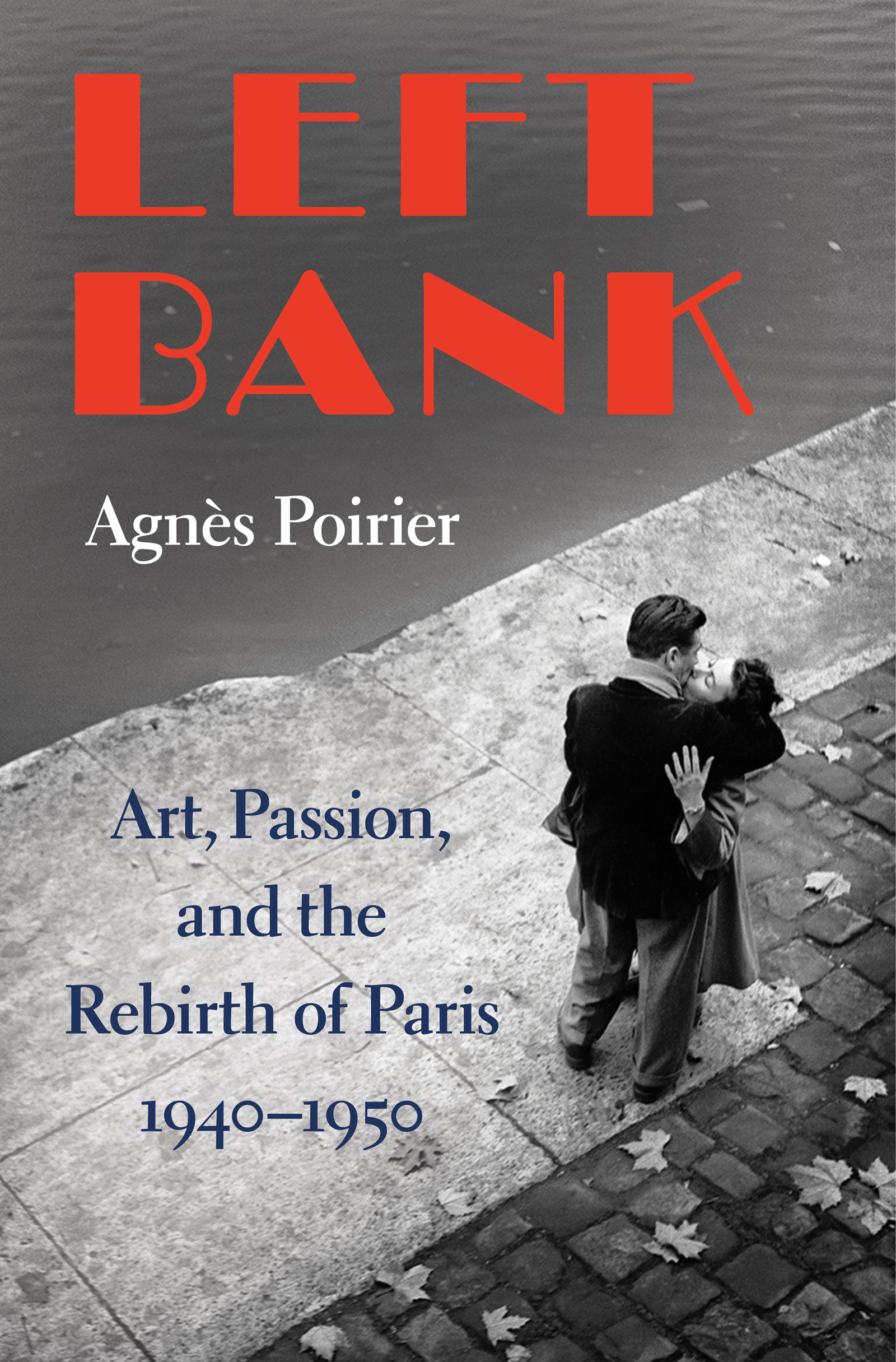Agnès Poirier - Left Bank: Art, Passion, and the Rebirth of Paris, 1940-50
Here you can read online Agnès Poirier - Left Bank: Art, Passion, and the Rebirth of Paris, 1940-50 full text of the book (entire story) in english for free. Download pdf and epub, get meaning, cover and reviews about this ebook. year: 2018, publisher: Henry Holt and Compnay, genre: Non-fiction. Description of the work, (preface) as well as reviews are available. Best literature library LitArk.com created for fans of good reading and offers a wide selection of genres:
Romance novel
Science fiction
Adventure
Detective
Science
History
Home and family
Prose
Art
Politics
Computer
Non-fiction
Religion
Business
Children
Humor
Choose a favorite category and find really read worthwhile books. Enjoy immersion in the world of imagination, feel the emotions of the characters or learn something new for yourself, make an fascinating discovery.

- Book:Left Bank: Art, Passion, and the Rebirth of Paris, 1940-50
- Author:
- Publisher:Henry Holt and Compnay
- Genre:
- Year:2018
- Rating:3 / 5
- Favourites:Add to favourites
- Your mark:
Left Bank: Art, Passion, and the Rebirth of Paris, 1940-50: summary, description and annotation
We offer to read an annotation, description, summary or preface (depends on what the author of the book "Left Bank: Art, Passion, and the Rebirth of Paris, 1940-50" wrote himself). If you haven't found the necessary information about the book — write in the comments, we will try to find it.
In this fascinating tour of a celebrated city during one of its most trying, significant, and ultimately triumphant eras, Agnes Poirier unspools the stories of the poets, writers, painters, and philosophers whose lives collided to extraordinary effect between 1940 and 1950. She gives us the human drama behind some of the most celebrated works of the 20th century, from Richard WrightsNative Son, Simone de BeauvoirsThe Second Sex, and James BaldwinsGiovannis Roomto Samuel BeckettsWaiting for Godotand Saul BellowsAugie March, along with the origin stories of now legendary movements, from Existentialism to the Theatre of the Absurd, New Journalism, bebop, and French feminism.
We follow Arthur Koestler and Norman Mailer as young men, peek inside Picassos studio, and trail the twists of Camuss Sartres, and Beauvoirs epic love stories. We witness the births and deaths of newspapers and literary journals and peer through keyholes to see the first kisses and last nights of many ill-advised bedfellows. At every turn, Poirier deftly hones in on the most compelling and colorful history, without undermining the crucial significance of the era. She brings to life the flawed, visionary Parisians who fell in love and out of it, who infuriated and inspired one another, all while reconfiguring the worlds political, intellectual, and creative landscapes.
With its balance of clear-eyed historical narrative and irresistible anecdotal charm,Left Banktransports readers to a Paris teeming with passion, drama, and life.
Agnès Poirier: author's other books
Who wrote Left Bank: Art, Passion, and the Rebirth of Paris, 1940-50? Find out the surname, the name of the author of the book and a list of all author's works by series.

